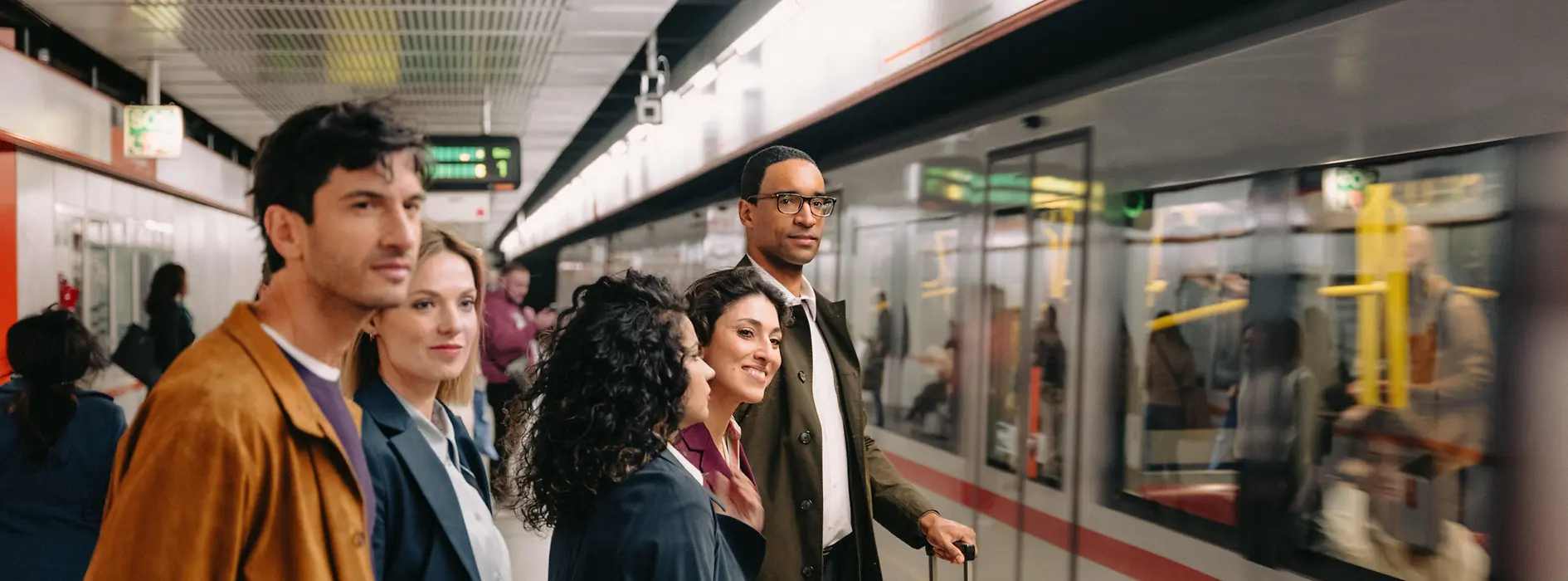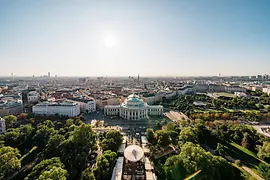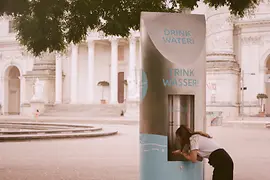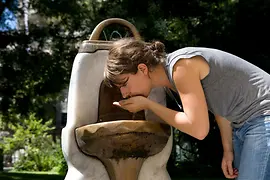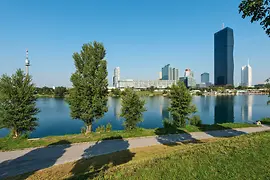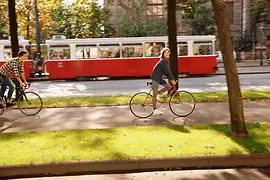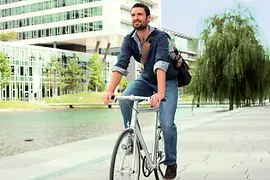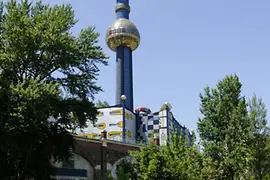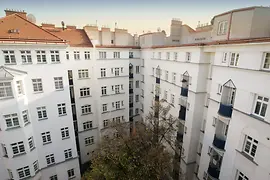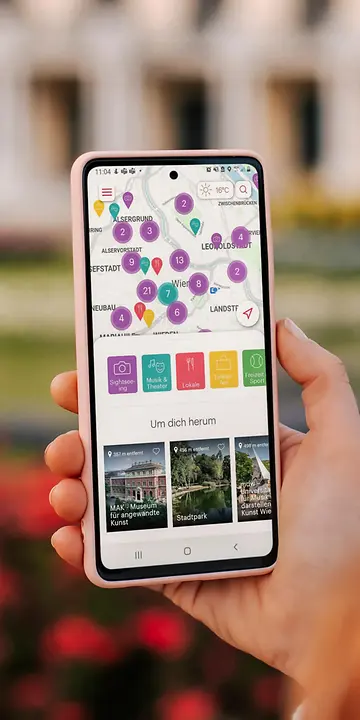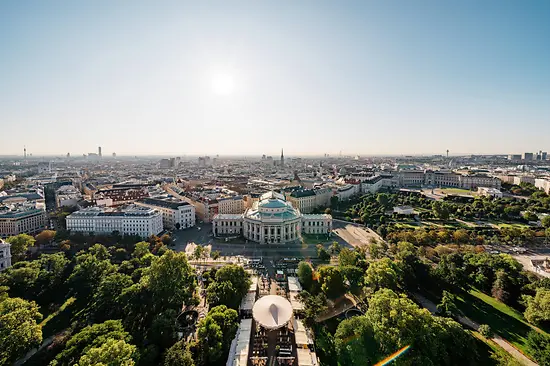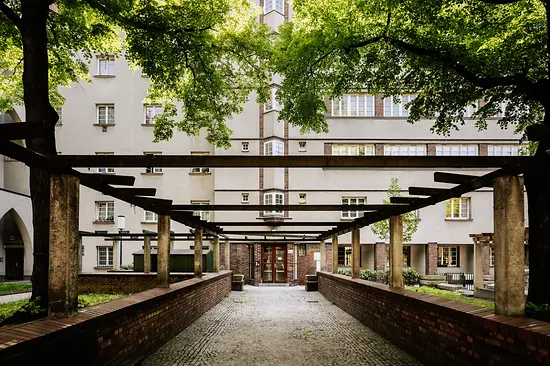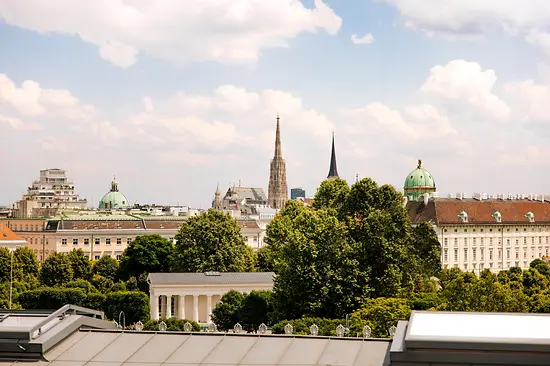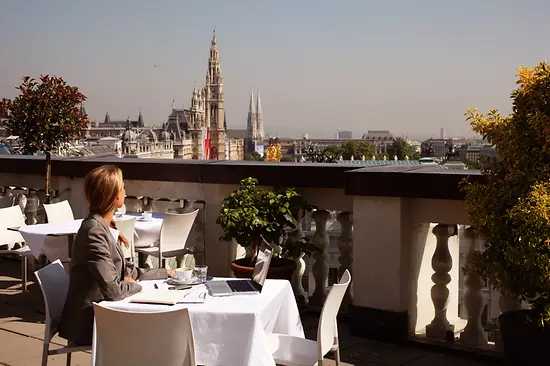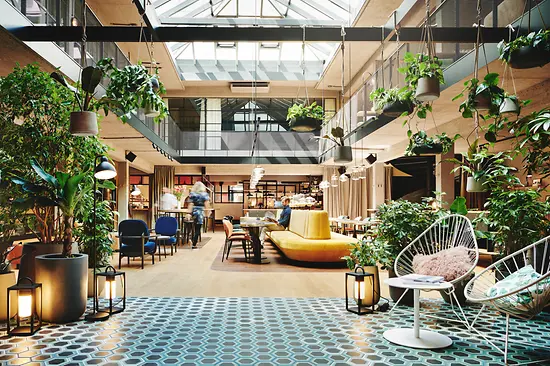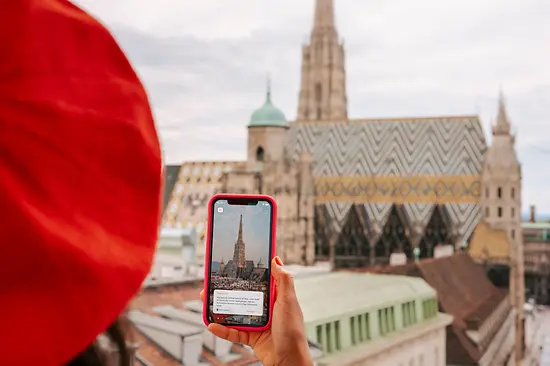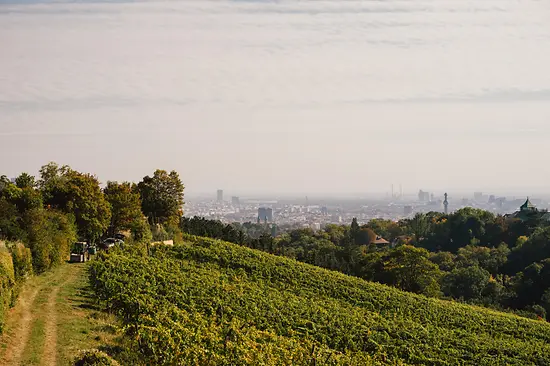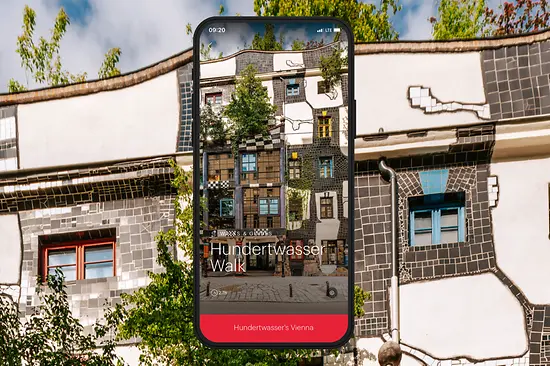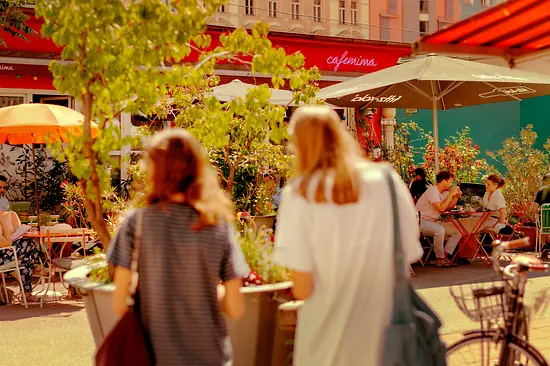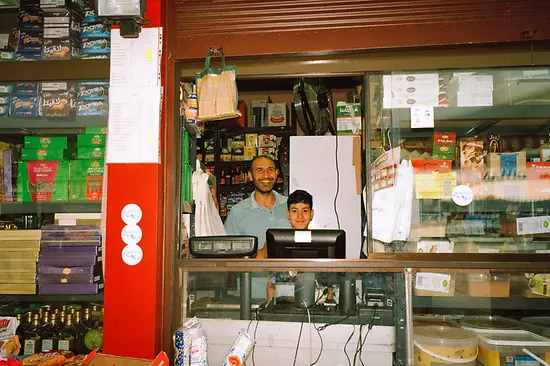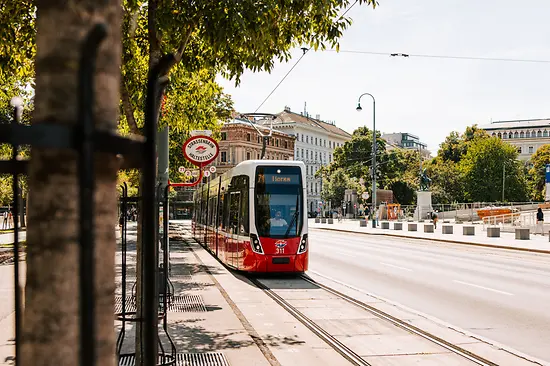What made Vienna a Smart City
Cities are growing: two in three people will live in cities by 2050. Vienna has been working on its sustainable urban development for a long time, and with great success. This is evidenced by top rankings in relevant international indexes. In 2023, Vienna was once again ranked as the world's most livable city by the international consulting firm Mercer and also occupies the top position in the 'Global Liveability Index' by the 'Economist Intelligence Unit'.
Vienna's Smart City strategy
But what exactly makes a smart city? Vienna answers this question thus: a high quality of life for all residents with the greatest possible protection of resources through social and technical innovations. In these tasks, Vienna can build on an excellent starting position, like the water supply with mountain spring water since 1873, or the social housing buildings of "Red Vienna" since the 1920s.
To find sustainable answers to the major global challenges, a long-term Smart City Vienna Framework Strategy was developed in 2014, which is to be implemented by 2050. In 2020, the goal of carbon neutrality by 2040 was also enshrined in the Vienna government agreement, and the Vienna Smart Climate City Strategy was revised accordingly. It is remarkable that Vienna not only defines environmental goals but also includes all aspects of the lives of its residents. For example, there is the goal to reduce CO2 emissions from the transport sector per capita by 50 percent by 2030 and by 100 percent by 2040, as well as the goal to build the energy supply on renewable sources. Additionally, the aim is to secure the green space ratio of approximately 50 percent in the urban area.
The Smart City Vienna framework strategy for 2019-2050 is accompanied by many other concepts and strategies of the city, like the city development plan, a dedicated energy program, or the "Digital Agenda", which is working on Vienna as a capital of digitalization. The topics "Smart solutions for the urban habitat of the 21st century" and "Smart production in the city" are also essential elements of the city strategy "Vienna 2030 - Economy & Innovation".
A flagship project is Vienna's main sewage treatment plant, which has been transformed into an eco-power plant that produces more energy than it actually consumes through the use of modern technologies. Thanks to a new sludge treatment plant, the urban wastewaters are now cleaned with energy self-sufficiency, the CO2 emissions reduced by 40,000 tons annually, and clean electricity and clean heat are generated.
Sustainable cooling
Speaking of heat: Vienna operates one of the biggest district heating networks in Europe. More than 460,000 homes – around one third of all households in Vienna – and more than 8,000 large customers are supplied with environmentally friendly heat by the company Wien Energie. The trick: the same energy sources (above all waste heat from industry, cogeneration plants, or waste incineration), which supply the city with heat and hot water all year round, can also generate district cooling. Compared to conventional air conditioning systems, the generation of central cooling needs four to ten times less primary energy, saves space, is quiet and visually inconspicuous: that makes it a smart cooling solution.
With 30 kilometers of district cooling pipes, Wien Energie cools around 200 buildings in a climate-friendly way, and the number is growing all the time. By 2030, the district cooling capacity is set to almost double from around 200 megawatts to 370 megawatts. Wien Energie will then be able to cool an area of 7.3 million square meters, which is larger than the area of the Vienna Prater. Particularly great is the demand for district cooling in Vienna city center. A district cooling network that supplies big customers like hospitals, public buildings, or hotels, is being constructed along the Ringstrasse boulevard. The legendary Hotel Sacher in Vienna has been connected to Wien Energie's district cooling network since April 2024. The hotel is supplied with 1.4 megawatts of cooling capacity (equivalent to the output of around 400 conventional air conditioning units). This will save 70 tons of CO2 per year. In June 2024, the gap in Vienna’s long-distance sewage system between Hotel Sacher and the Parliament was bridged, marking a major step towards achieving carbon neutrality by 2040. The Ringstrasse is now connected to two district cooling centers. There are now a total of seven powerful and energy-efficient district cooling centers connected to the district cooling network. Together, they supply around 200 buildings. The MAK, City Hall and the Vienna State Opera, among others, are also supplied with district cooling. In the near future, district cooling should also be available for private households.
More Information (available only in German): Smart City Vienna
